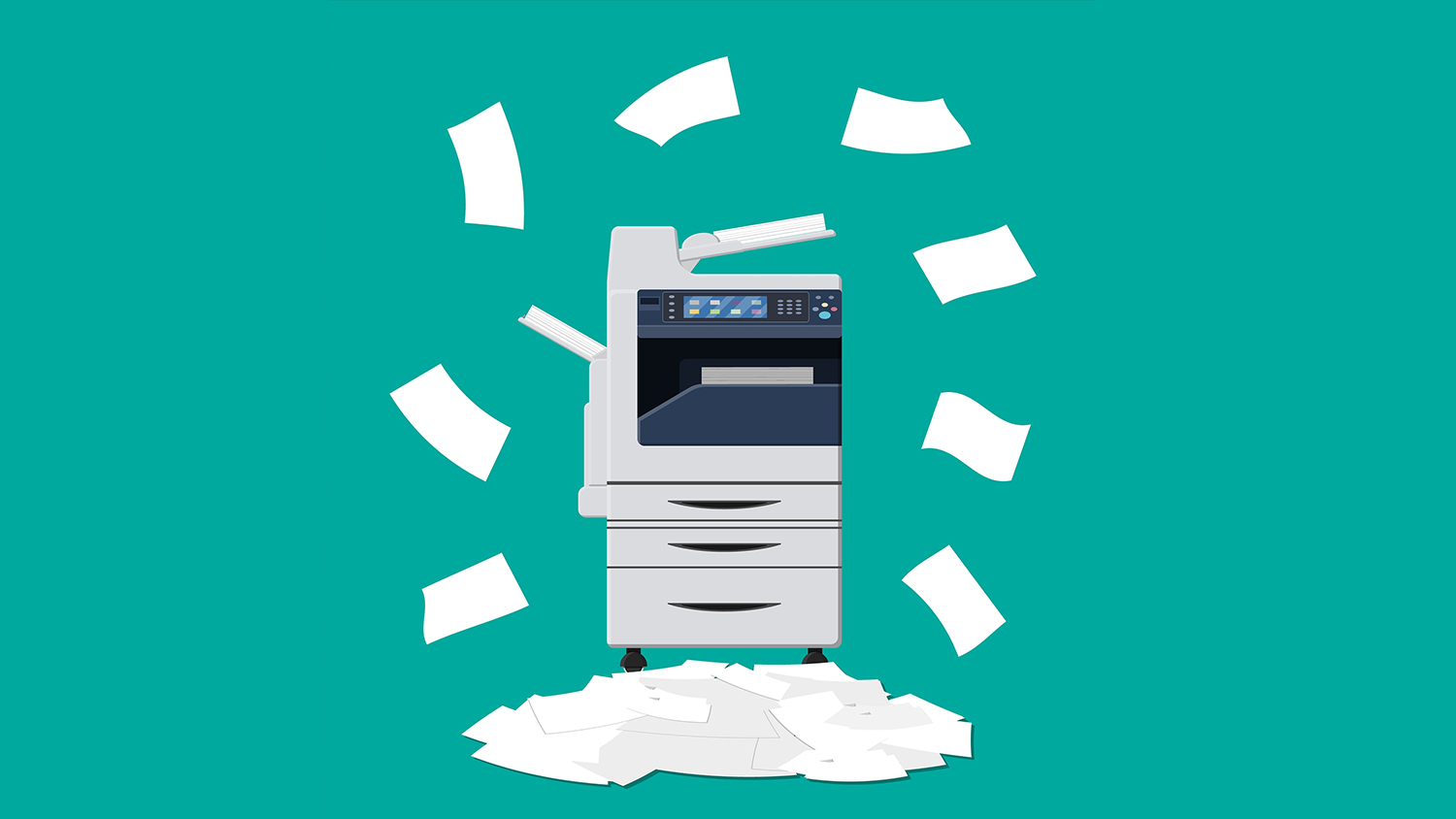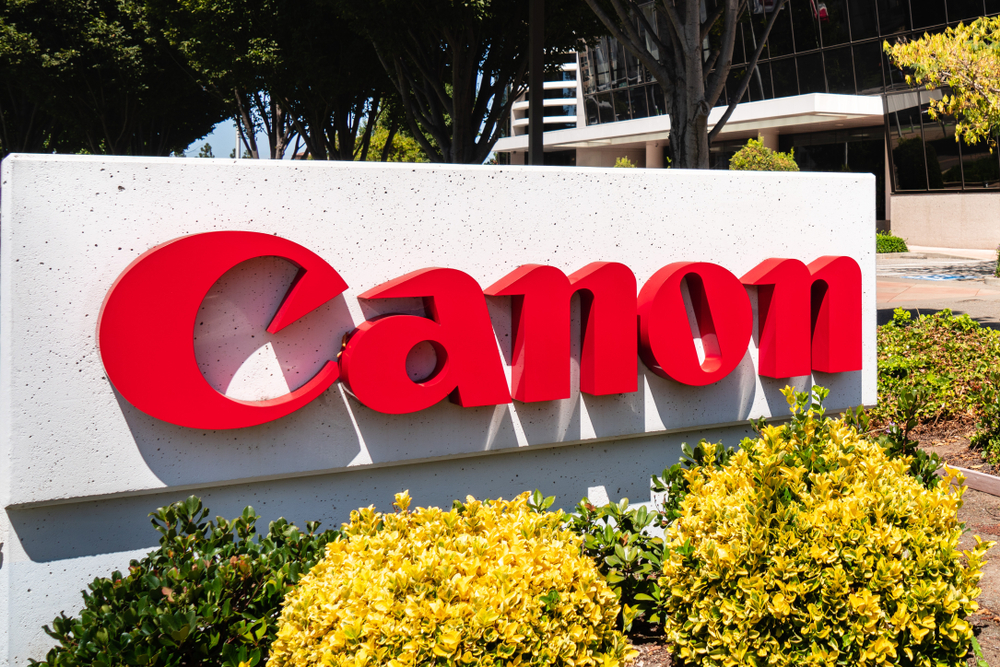Channeling the benefits of Managed Print Services for SMEs
How can the channel bolster SME adoption of managed print?

The managed print services (MPS) market is seeing impressive growth and is still maturing. This is no surprise, as it allows companies to save two of the most precious assets: time and money.
With strong pick-up among larger enterprises – recent research by IT analysis firm Quocirca found that around half of large enterprises are now using some form of MPS, with stronger prevalence in very large enterprises – smaller organisations are being far slower in adopting what, to many, is a no-brainer.
In 2014, Quocirca estimated that around 20 percent of small to medium-sized enterprises (SMEs) in Europe were using basic print services in some form. This is surprisingly low, and the fact that MPS is not being universally adopted by SMEs as a way of managing their print output is a surprise not least due to the very clear benefits such solutions represent.
Industry reports have shown that 75 percent of SMEs rely on printing to support their most important business activities. Yet do-it-yourself print management results in enterprises spending far too much time and money on everything from restocking the correct supplies at the right time, to predicting and managing printing costs to addressing the inevitable services and maintenance of print services. These are resources that could be used elsewhere, helping smaller enterprises to grow.
As to why this is, the main challenges such companies face with print management is cost control, closely followed by downtime – two factors that can be addressed through MPS adoption.
The benefits of managed print services can be plentiful and profitable, depending on how comprehensive the deployment is, with MPS specialists within the IT channel absolutely key to SME’s realising these benefits. By entirely outsourcing the management of print infrastructure to channel specialist and vendor provided solutions, companies of any size can reduce over-expenditure on time and money, as well as removing headaches such as maintenance issues and worries about downtime, with channel providers ensuring the proper support is provided in a timely fashion. MPS is also flexible, with solutions agile enough to provide functionality on whatever infrastructure your enterprise works on, whether it’s on-premise or cloud.
It’s a given that large enterprises have been faster in adopting MPS than their smaller counterparts, and there are some good reasons for this. According to the Quocirca research cited above, the belief that MPS is more expensive than an in-house approach has been the key barrier to SMEs adopting an approach that centers around and managed solution. Other reasons have included a lack of clarity regarding cost benefits and being unaware of MPS as an option to manage print in lower volume environments, and these highlight the fact that customer education is the key to unlocking the SME puzzle. In-order for this to change, the IT channel must play its part, and MPS providers must look to what SME’s need and begin catering to these needs. Here, communication is key.
ChannelPro Newsletter
Stay up to date with the latest Channel industry news and analysis with our twice-weekly newsletter
If MPS providers work with their channel partners to establish exactly what it is that SMEs need, using knowledge earned from the vendors’ own first-hand experiences with such businesses, providers can then tailor their offerings to what best suits each customer rather than offering a one-size-fits-all solution that doesn’t quite fit-all.
Offerings can range from simple device optimisation, all the way up to implementing a multi-site output strategy, and once the provider establishes continuous, customized support and improvements for customers, it will then need to show how it can deliver innovation, consultancy, improved productivity and cost reductions throughout the stated deployment time. This is absolutely vital as SMEs usually do not have the capital to invest in such an undertaking without absolute assurances on the benefits of making the switch.
As a result of the digitisation of business processes and content in the enterprise, Quocirca estimates that around 20 percent of enterprises have moved to next generation contracts that incorporate document workflow and additional services such as MDS (managed document services) and IT services (ITS).
As such, for channel dealers, industry expertise remains a key differentiator as these providers expand their business process automation capabilities and look to drive more business value. Understanding what these businesses need is half the battle, and to appeal to SMEs, providers must realize this. Lexmark has a long tradition and extensive experience of working in the MPS space with its IT channel partners and their customers, from SMEs to large enterprises, benefiting from this.
Once the end customer’s output management needs are established, providers can then work to optimise the benefits of moving to an MPS approach while addressing other key necessities, with legislation on key areas such as security and energy having to be taken into account - customers will seek out programmes that are both eco-friendly and secure.
As more SMEs are being encouraged to look to adopting MPS, providers should also be asking how they can make the benefits clearer and more appropriate for each business. Quocirca found heartening signs that smaller enterprises are growing more confident in their adoption of MPS, and through working with channel suppliers, service providers can ensure that this confidence is not misplaced.
Martin Fairman is UK & Ireland channel and SMB sales director, Lexmark
-
 Asus ZenScreen Fold OLED MQ17QH review
Asus ZenScreen Fold OLED MQ17QH reviewReviews A stunning foldable 17.3in OLED display – but it's too expensive to be anything more than a thrilling tech demo
By Sasha Muller
-
 How the UK MoJ achieved secure networks for prisons and offices with Palo Alto Networks
How the UK MoJ achieved secure networks for prisons and offices with Palo Alto NetworksCase study Adopting zero trust is a necessity when your own users are trying to launch cyber attacks
By Rory Bathgate
-
 Canon opens two new business centres in the UK and Ireland
Canon opens two new business centres in the UK and IrelandNews West Sussex and Munster sites look to mimic the success of Canon’s Business Centre North East, offering print and document management expertise, as well as bespoke customer service
By Daniel Todd
-
 Google to axe Cloud Print by 2021
Google to axe Cloud Print by 2021News Businesses that rely on the service must develop and execute a migration strategy by the cut-off date
By Connor Jones